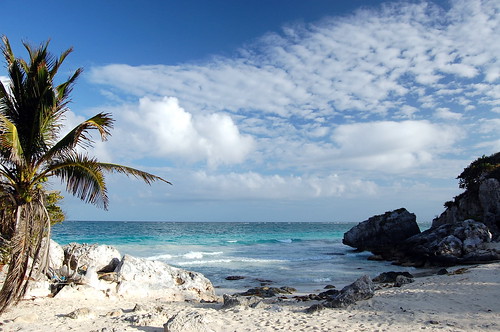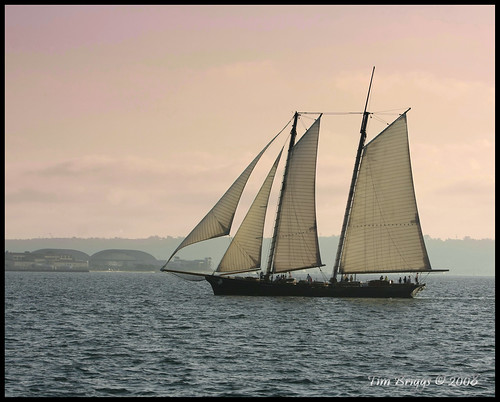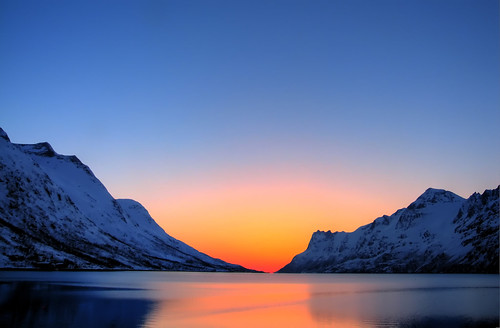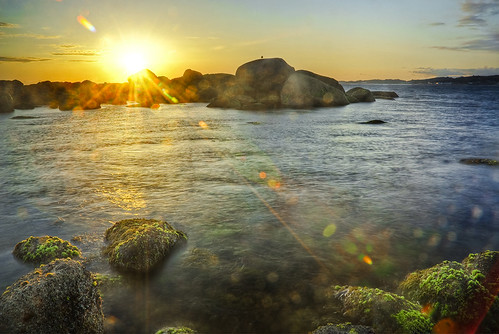| | |
 | | Caribbean near Tulum | by mdanys on Flickr |
| - Oceans cover about 70% of the Earth's surface.
- Humans impact the ocean environment through everyday activities.
- Important features of
the ocean floor near the continents are the continental shelf, the continental
slope, and the continental rise.
- These areas are covered with thick layers of
sediments (sand, mud, rocks).
|
 | | Sailboat | by el__vaquero on Flickr |
| - The depth of the ocean varies.
- Ocean trenches are very deep, and the
continental shelf is relatively shallow.
- Ocean water is a complex mixture
of gases (air) and dissolved solids (salts, especially sodium chloride).
- Marine
organisms are dependent on dissolved gases for survival.
- The salinity of ocean
water varies in some places depending on rates of evaporation and runoff from
nearby land.
|
 | | Arctic Sunset | by artic pj on Flickr |
| The basic motions of ocean water are the waves, ocean currents, and tides. Ocean currents, including the Gulf Stream, are caused by wind patterns and the differences in water densities (due to salinity and temperature differences). Ocean currents affect the mixing of ocean waters. This can affect plant and animal populations. - Currents also affect navigation routes.
|
 | | Lanzada | Galicia - España | by Paulo Brandão on Flickr |
| - As the depth of ocean water increases, the temperature decreases, the pressure increases, and the amount of light decreases.
- These factors influence the type of life forms that are present at a given depth.
|
| - Plant- like plankton (phytoplankton) produce much of the Earth’s oxygen and
serve as the base of the ocean ecosystem.
|
 NeoK12.com - Educational Videos, Lessons, Quizzes & Presentations
NeoK12.com - Educational Videos, Lessons, Quizzes & Presentations



